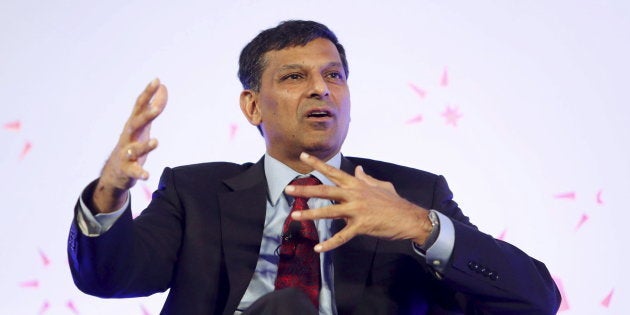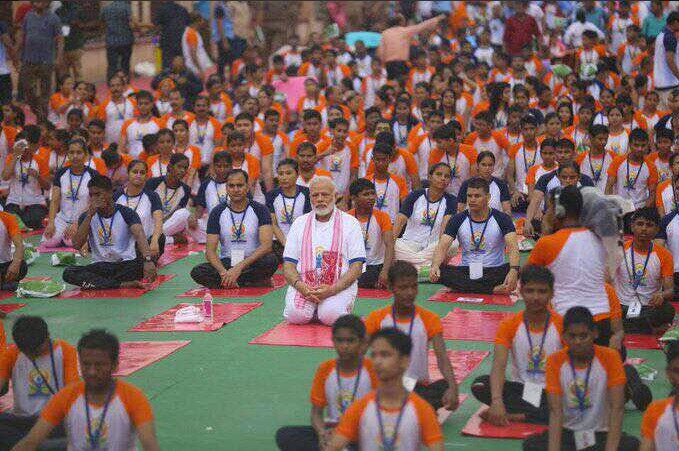
Almost a year after former RBI governor Raghuram Rajan finished his tenure, the economist has revealed that he never backed demonetisation and had made his stance clear on this orally to the government.
"I was asked by the government in February 2016 for my views on demonetisation, which I gave orally," he wrote in his recently-published book I Do What I Do. "Although there might be long-term benefits, I felt the likely short-term economic costs would outweigh them and there were potentially better alternatives to achieve the main goals. I made these views known."
In various interviews to the media following the book's release, he has answered several questions on the government's decision to demonetise ₹500 and ₹1,000 rupee notes in a surprise announcement in November last year. Here are five things he has revealed:
On being approached to make a decision on demonetisation:
"At no point during my term was the RBI asked to make a decision on demonetisation."
"Any monetary economist would say that when you withdraw the currency from the market to the extent that they are being used in transactions, that would have a chilling effect in economic activity, especially the activity that cannot migrate to other modes of transaction like credit cards."
On the cost-benefit analysis of demonetisation:
"[W]e have seen the costs of demonetisation upfront, and they are substantial. Let us not mince words about it - GDP has suffered. The estimates I have seen range from 1 to 2 percentage points, and that's a lot of money - over Rs 2 lakh crore and maybe approaching Rs 2.5 lakh crore. Then there are the other costs - the hassle cost of people standing in line, the printing cost that the RBI says is close to Rs 8,000 crore, the cost to the banks of withdrawing the money, and the time spent by their clerks, by their managers and by their senior officers doing all this, and the interest being paid on all those deposits, which earlier were effectively an interest-free loan to the RBI...So that benefit - if it comes - let us see at what cost it comes."
On RBI's duty to warn of economic risks due to demonetisation:
"As the Governor of the Reserve Bank you are the most important technocrat dealing with economic risk management...you control $350-$400 billion in foreign exchange reserves, you determine the interest rate policy in the economy, you are also the lender of last resort... given all this you are effectively the risk manger to the economy...You have to warn about risk to macro stability and the risk to the growth agenda and so, in that duty, you sometimes have to speak up; in that duty, you sometimes have to say no to pressures that come down on you."
On RBI's alleged poor preparation:
"I don't think it was possible to print the money that was required to replace the entire stock that went out of circulation between the time the printing started and the time the demonetisation was announced. So, if the money was simply not there you can't distribute it to the public. You could talk about some concerns about the distribution etc., but there wasn't enough money printed."
Also On HuffPost:
